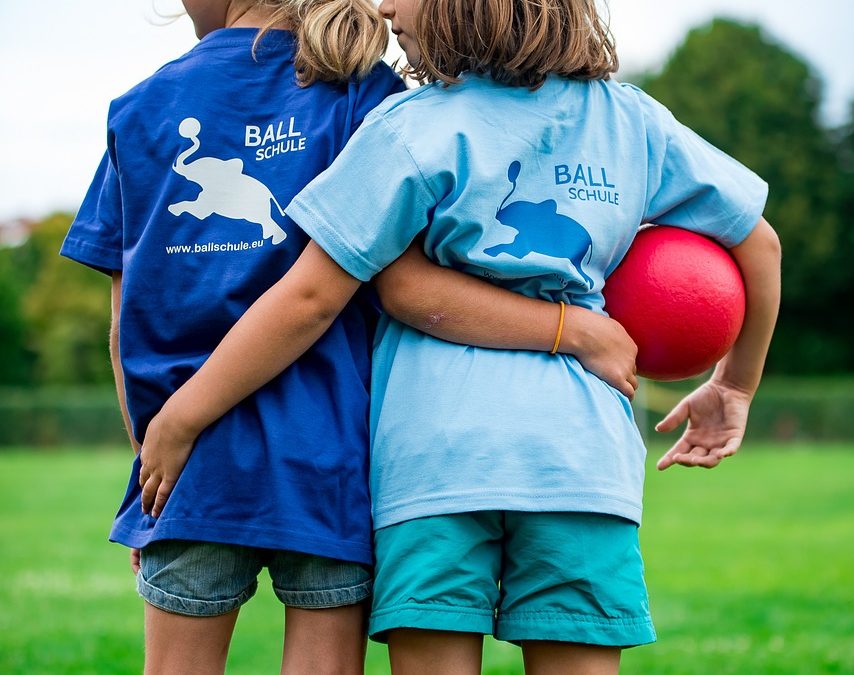By Mia Rosenberg, LMSW
Getting back into the routine of a new school year can be challenging and exhausting. Homework, friendships, new classes, and new teachers, are just a few of the obstacles children have to prepare for. While juggling afterschool activities, homework, and learning new things, it can feel difficult for children to be mindful, which means being present and in the moment. Oftentimes, added stressors from school can lead to children taking frustrations out on both their family and their peers in an explosive way. This is where mindfulness techniques can come into play. With a calm attitude and ways to center themselves, children are more likely to stay on track and get back to a positive moment. To help support your child in practicing these strategies, here are ideas you can use with them:
- Practice being mindful: Mindfulness is a strategy that our brain uses to focus on only one thing at a time. With all the distractions in the world, this can be an important task to practice. Learning how to be mindful takes practice and patience. The best way to practice being mindful is by focusing on one thing at a time. Have your child practice in small increments (two minutes at first and continue to build from there). Have them sit quietly and play music that has several instruments playing. Have them focus on one of the instruments only. This will engage in their brain in a different kind of way and make them more mindful of how that one instrument sounds. By practicing this skill, your child’s brain will become more accustomed to focusing on one thing at a time. Learning a new skill through patience and practice will also help children to be more patient and less likely to overreact in other situations.
- Stop and Think: Stop and think is an excellent way for children to learn how to take a step back before making an impulsive decision. In this exercise, children should visualize a stop sign. This will help trigger their bodies to slow down and to take a step back from a situation in order to practice mindful decision-making. Here, you can have your child draw a stop sign and then practice visualizing the stop sign as you say “stop”. Continue the exercise by having your child also say stop out loud while visualizing the stop sign. This will help your child to visualize the stop sign when they are in a difficult situation and practice waiting a minute before making an impulsive decision.
- Accept and Acknowledge: Automatic thoughts are thoughts that pop into our brains on their own. Sometimes these thoughts appear in our minds when we are in the middle of conversations or when you are out and about giving no thought to the subject that arises in your mind. Automatic thoughts are natural and unavoidable. However, they can be controlled. Accepting and letting go of some negative automatic thoughts you or your child may experience will allow them to be more mindful and aware of their task at hand. This will be important to practice during mindfulness exercises as well. Being able to acknowledge the automatic thought and then let it go will also help your child to be empowered and learn how to take control of their thoughts and then decide what to focus on.
Helping your child become more mindful can help them think differently about how they approach situations. If utilized correctly, mindfulness can lead to a more peaceful lifestyle and more awareness to every day tasks. Even though mindfulness seems like an easy skill to learn, it can be challenging when tried independently. This is why we are excited to announce a new group for middle school girls who want to practice mindfulness through fun activities.
To learn more, please visit: www.LizMorrisonTherapy.com

